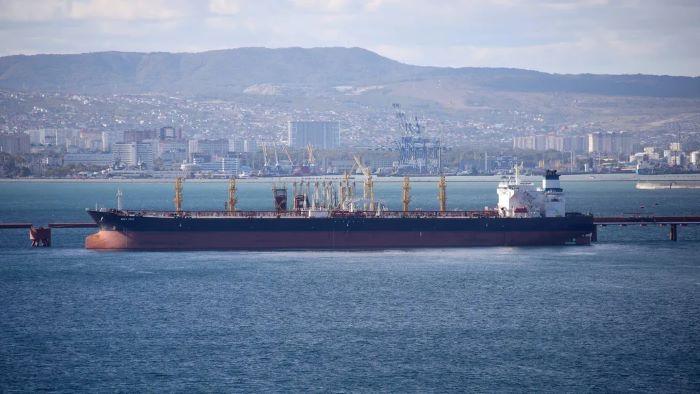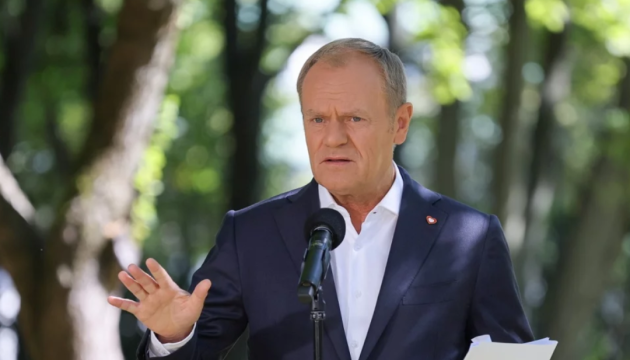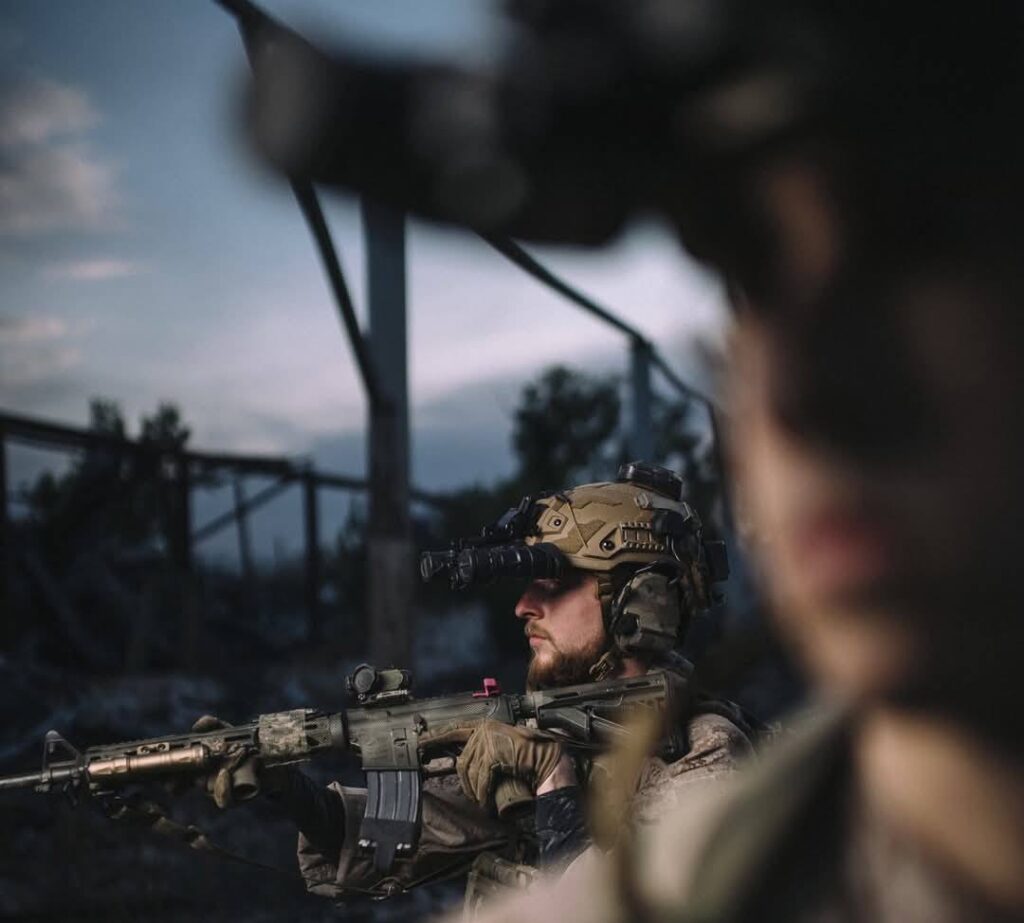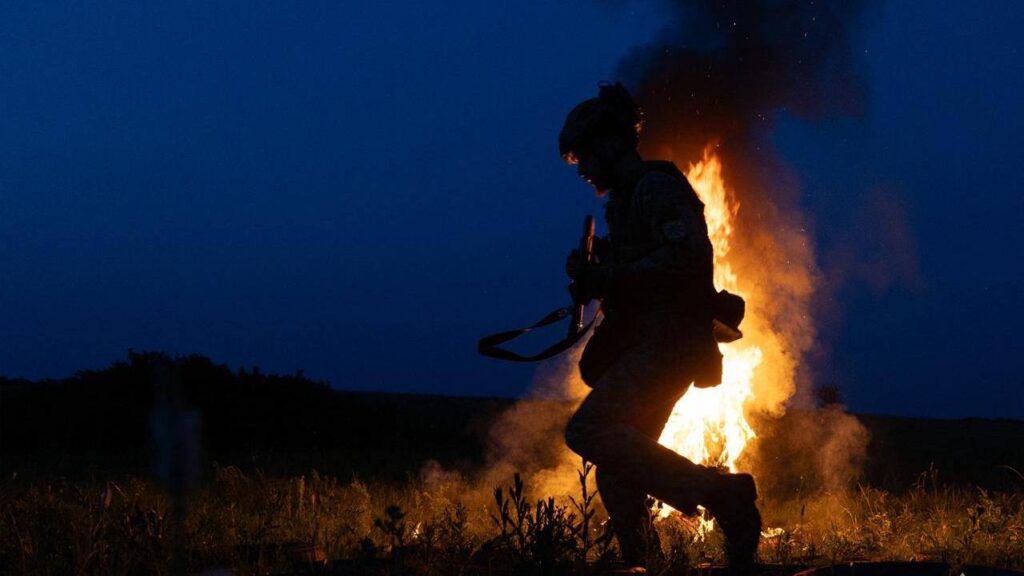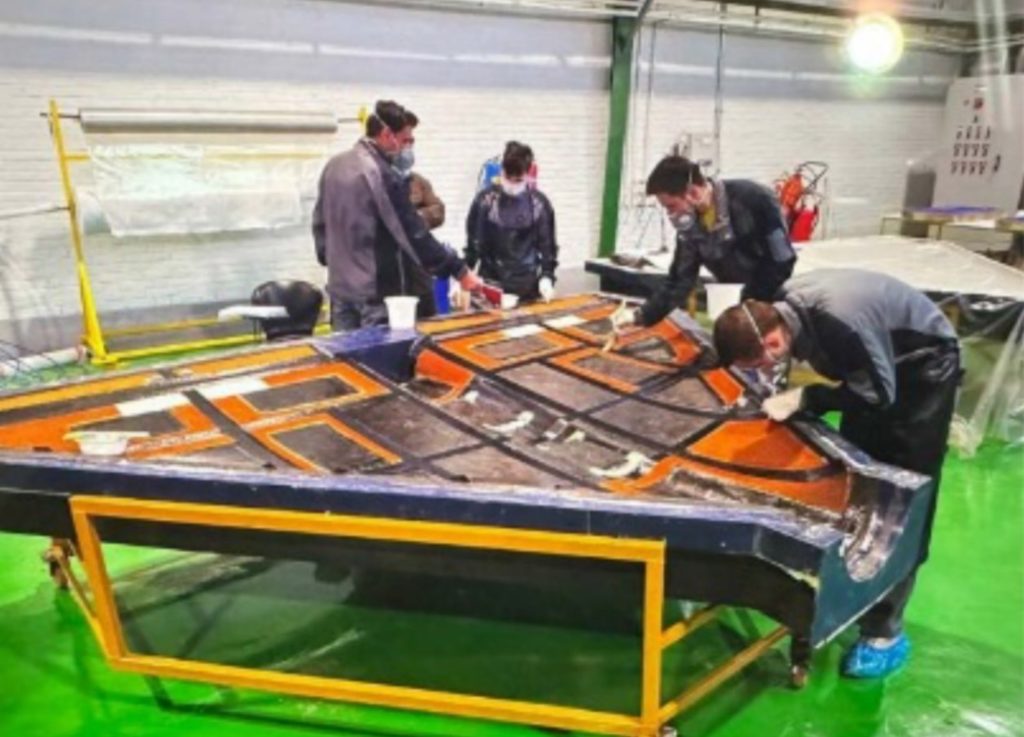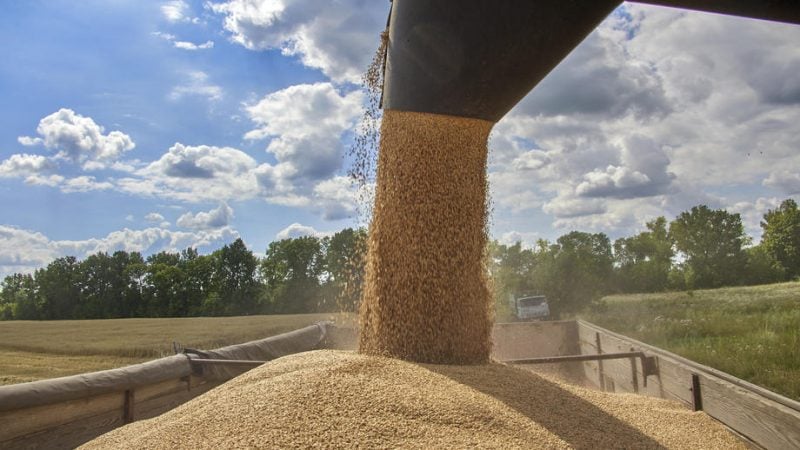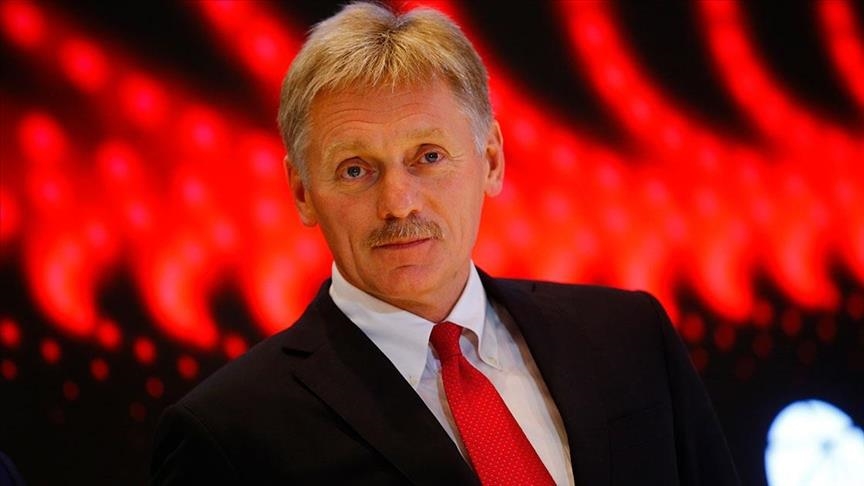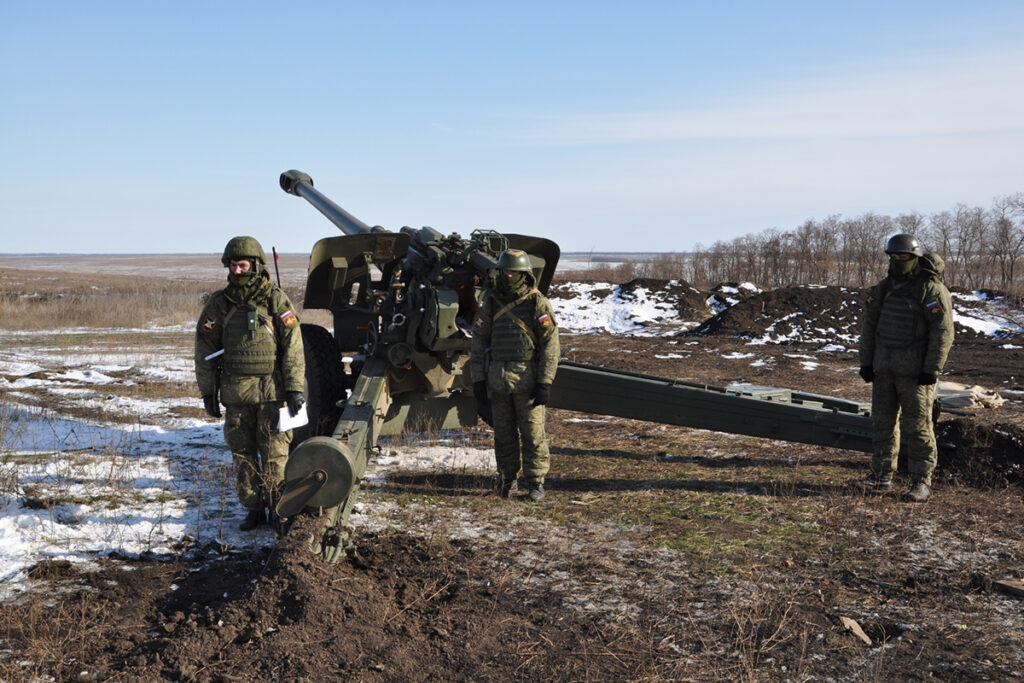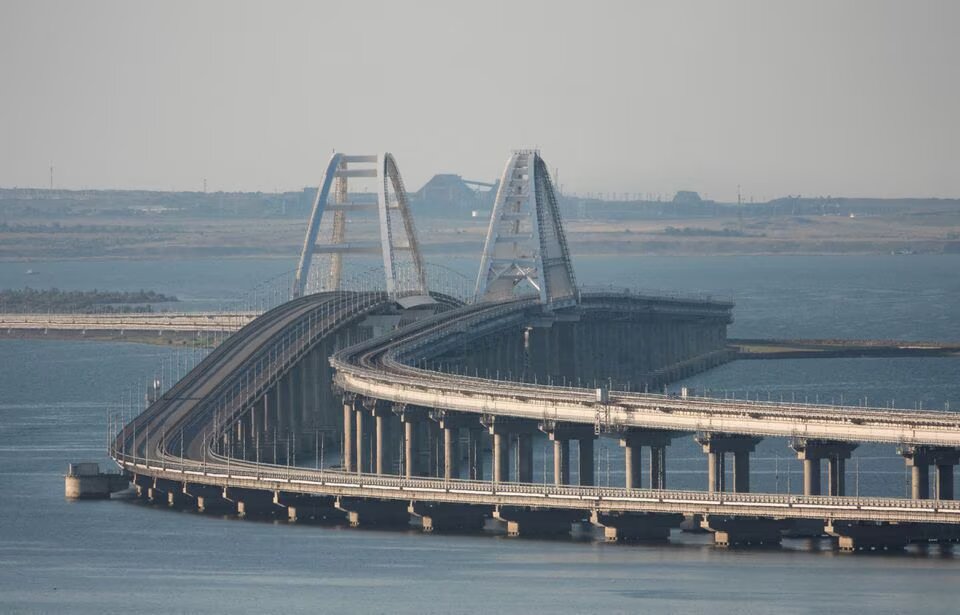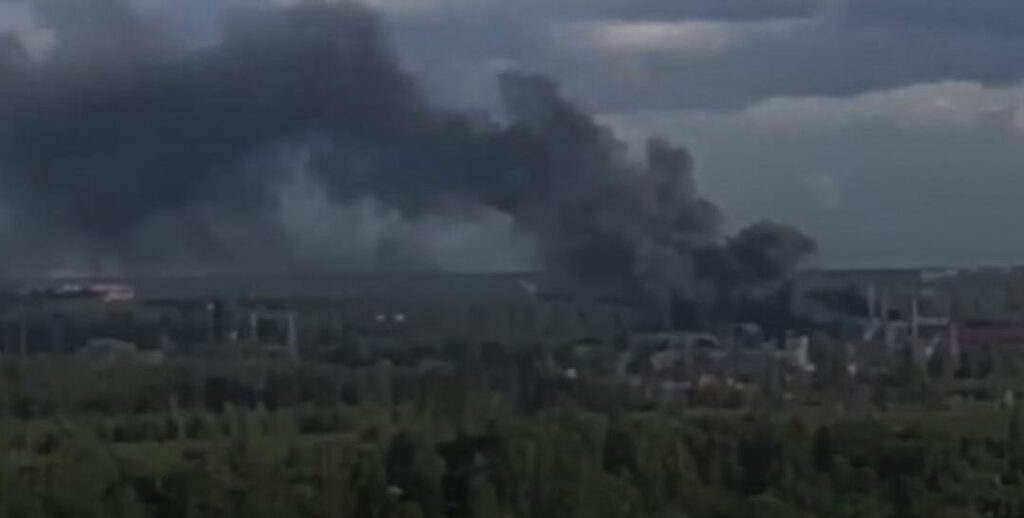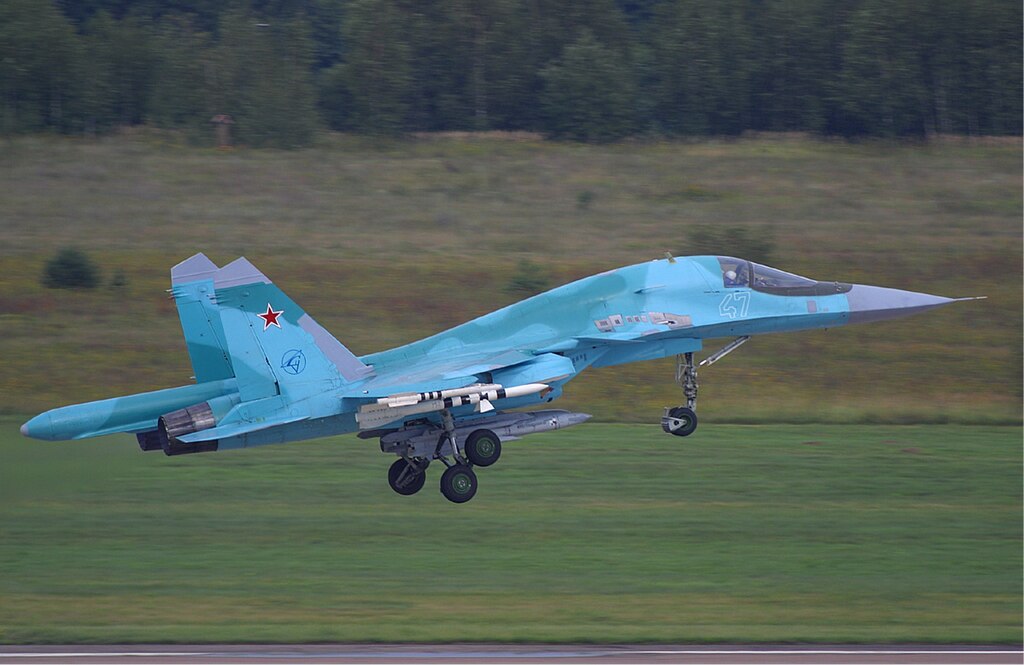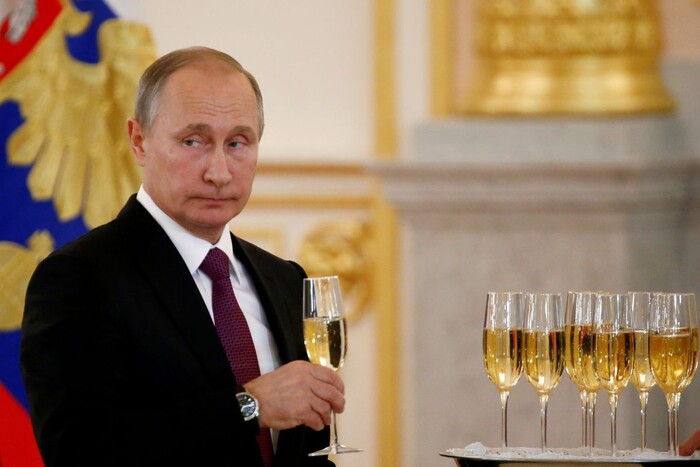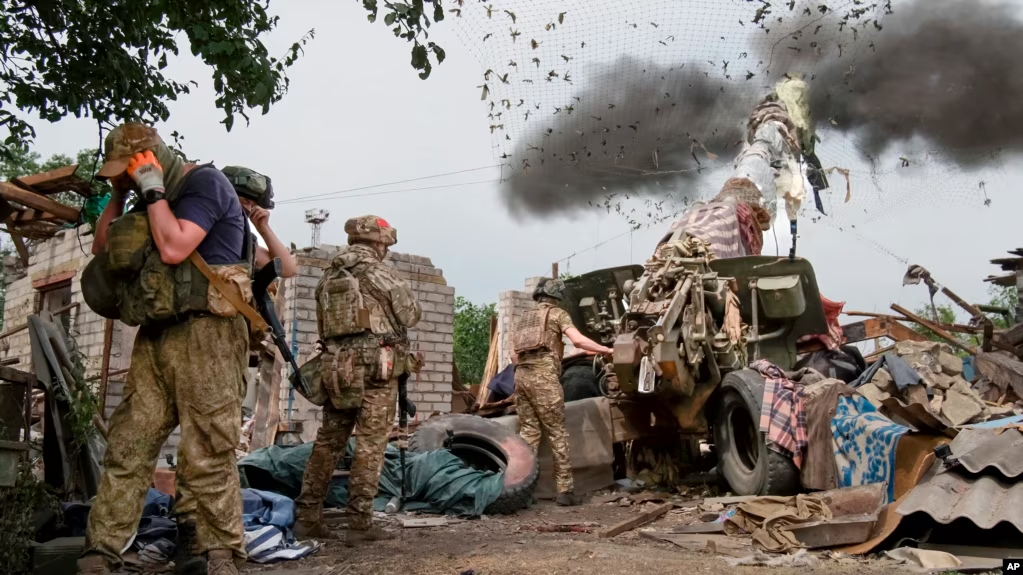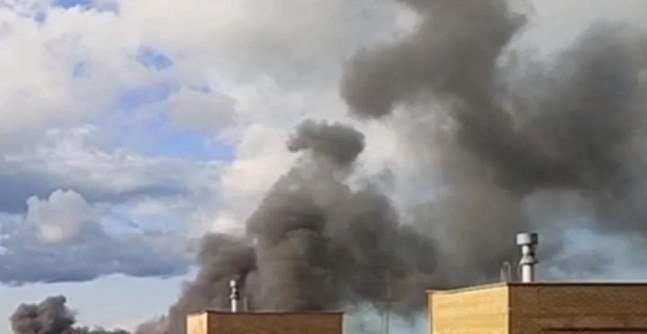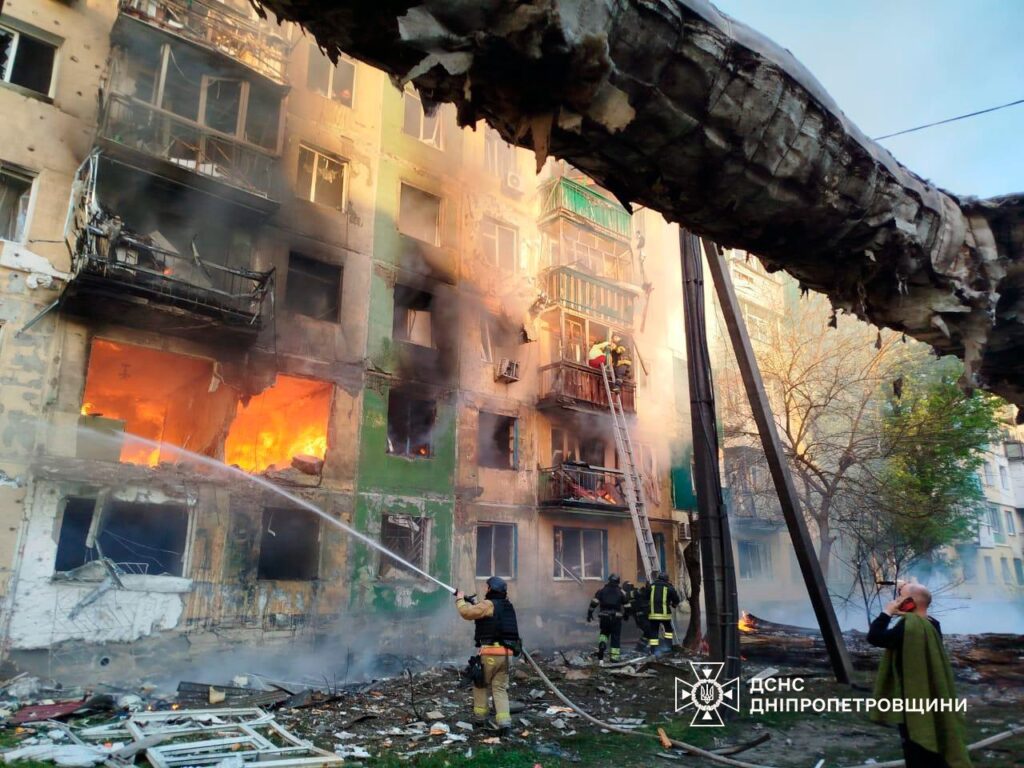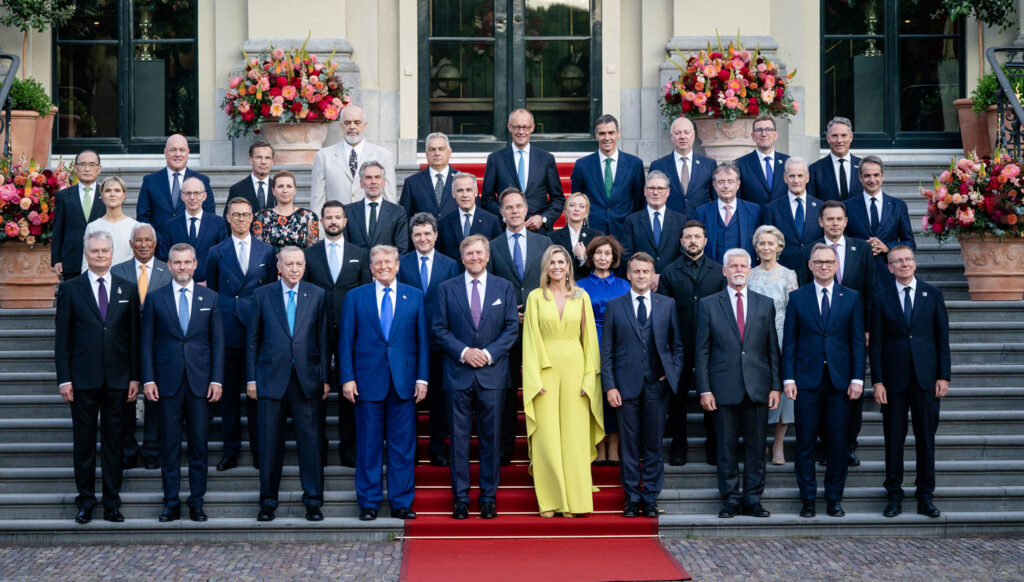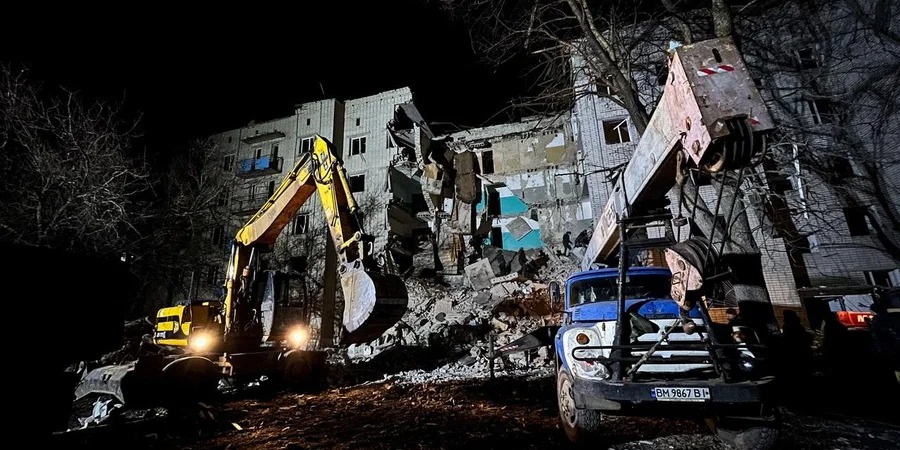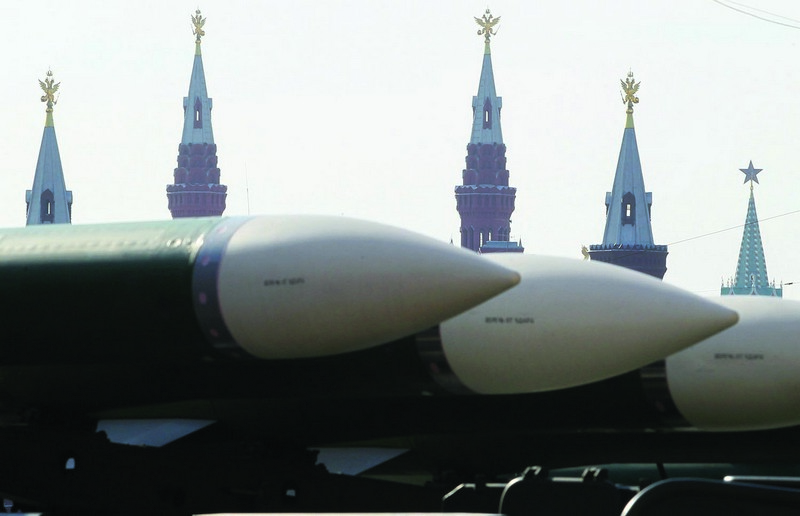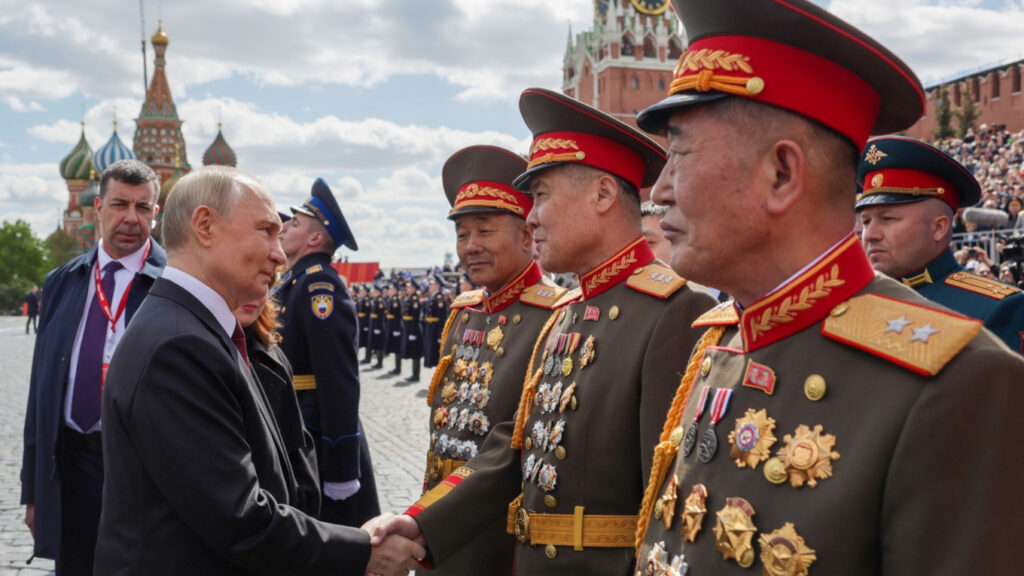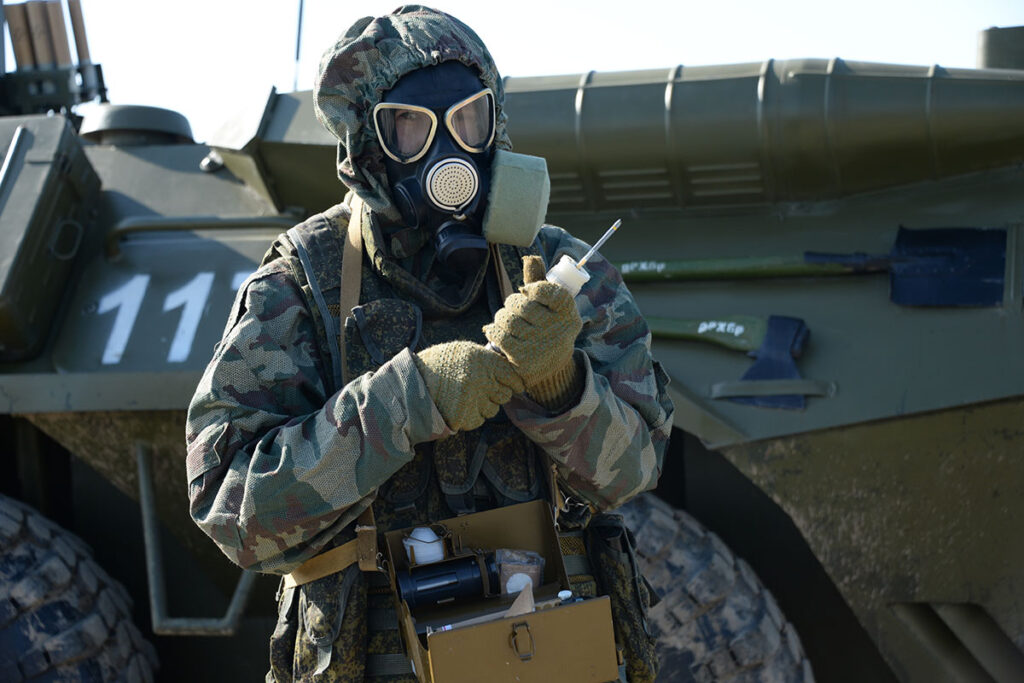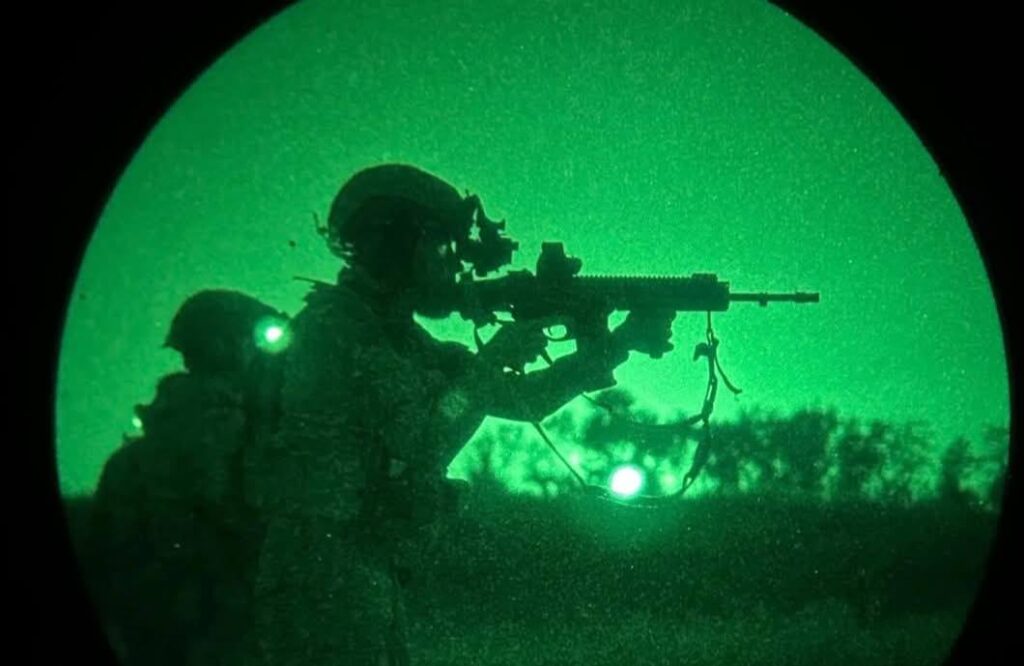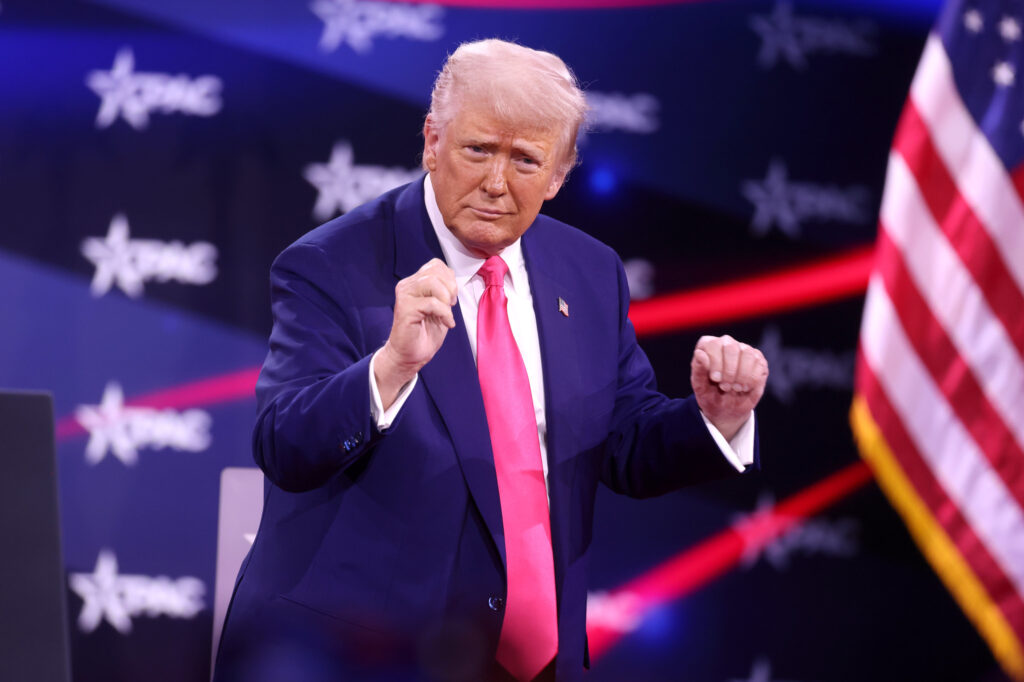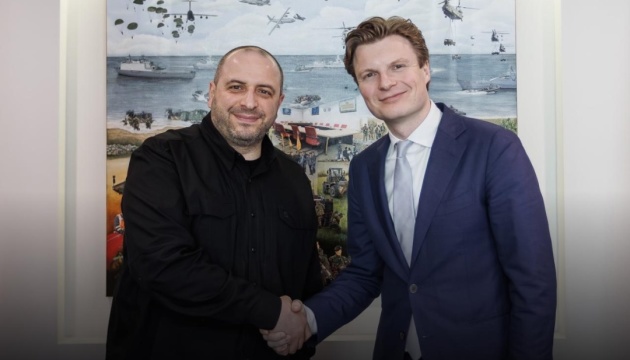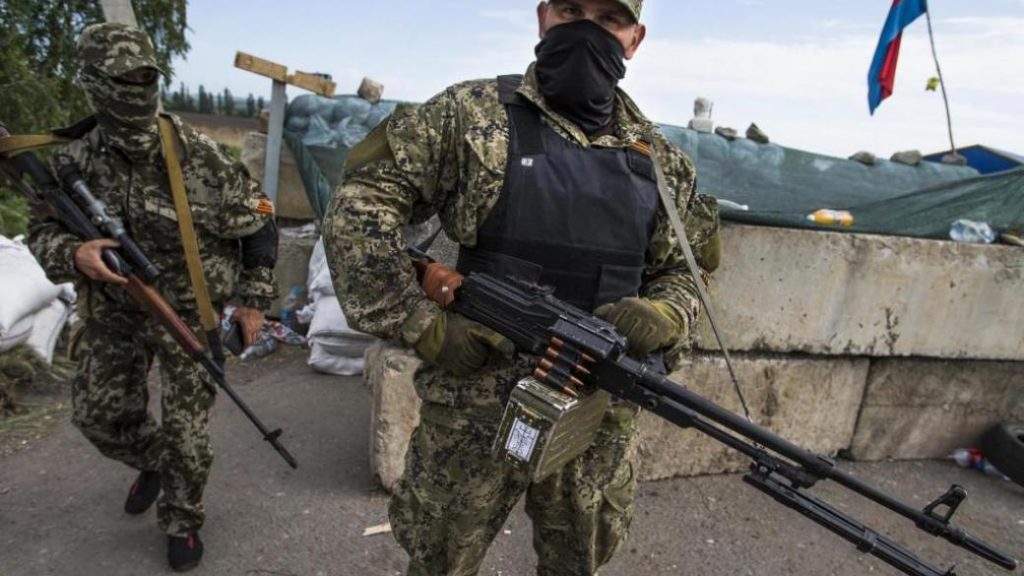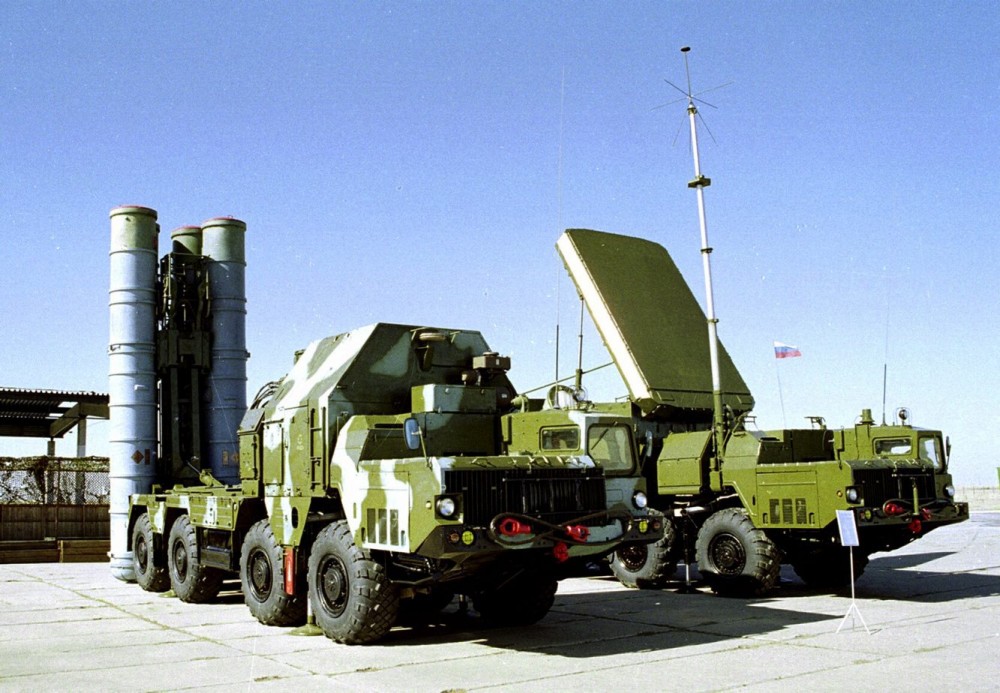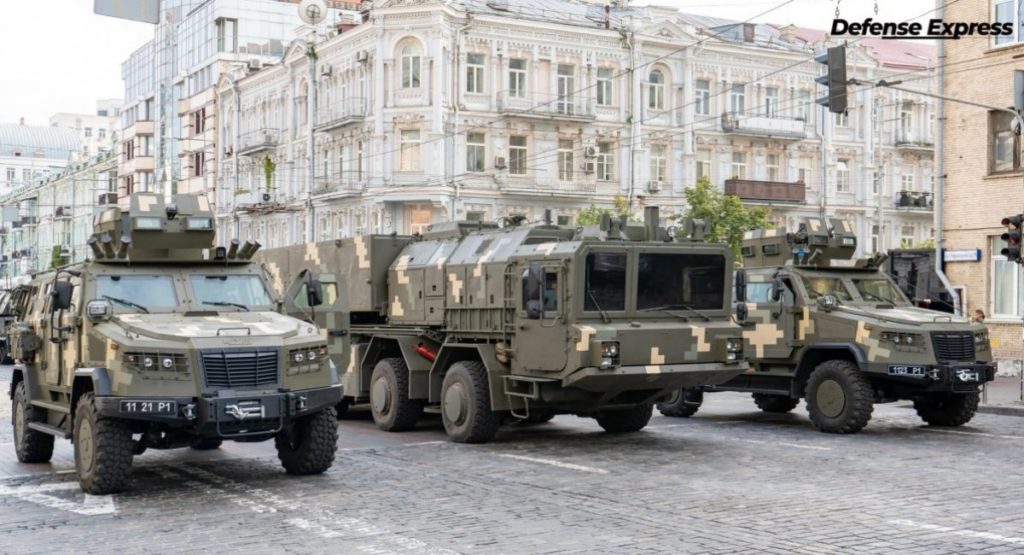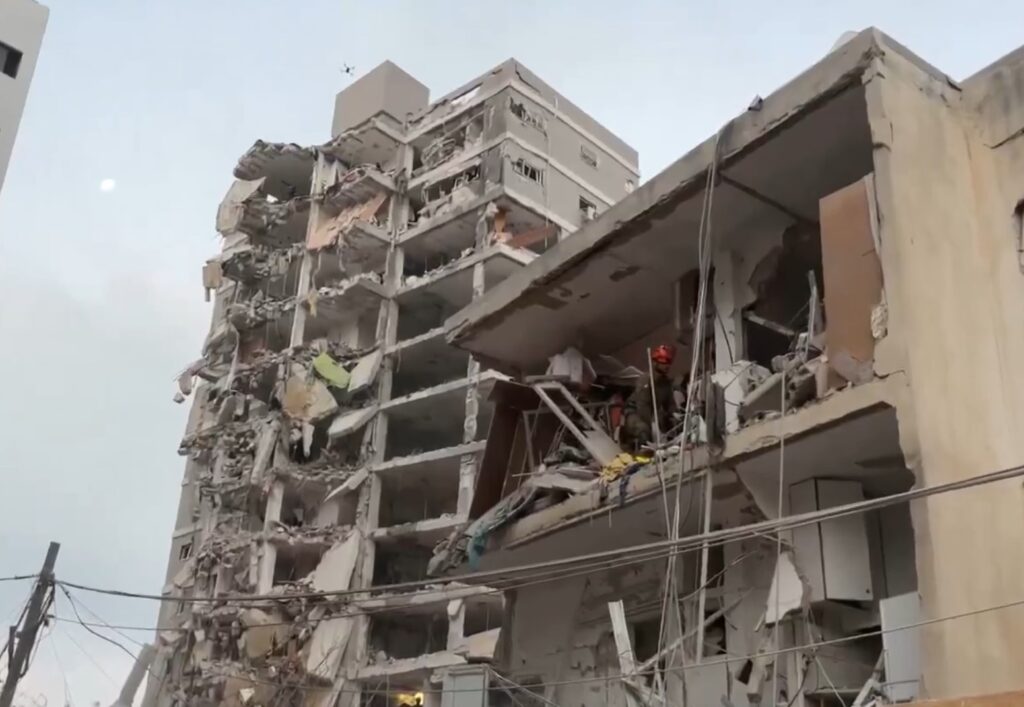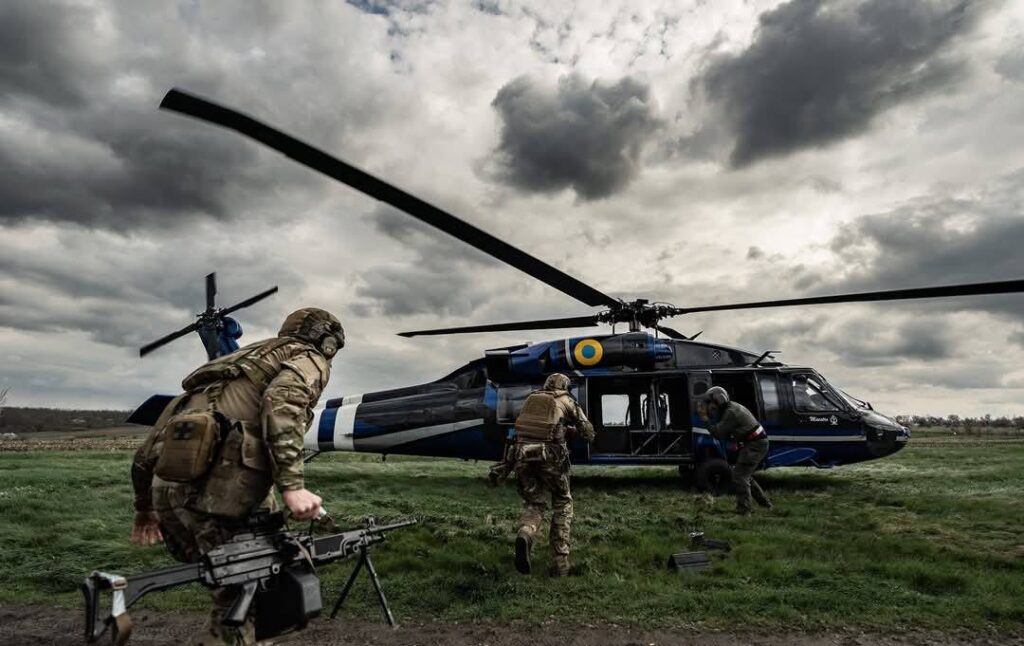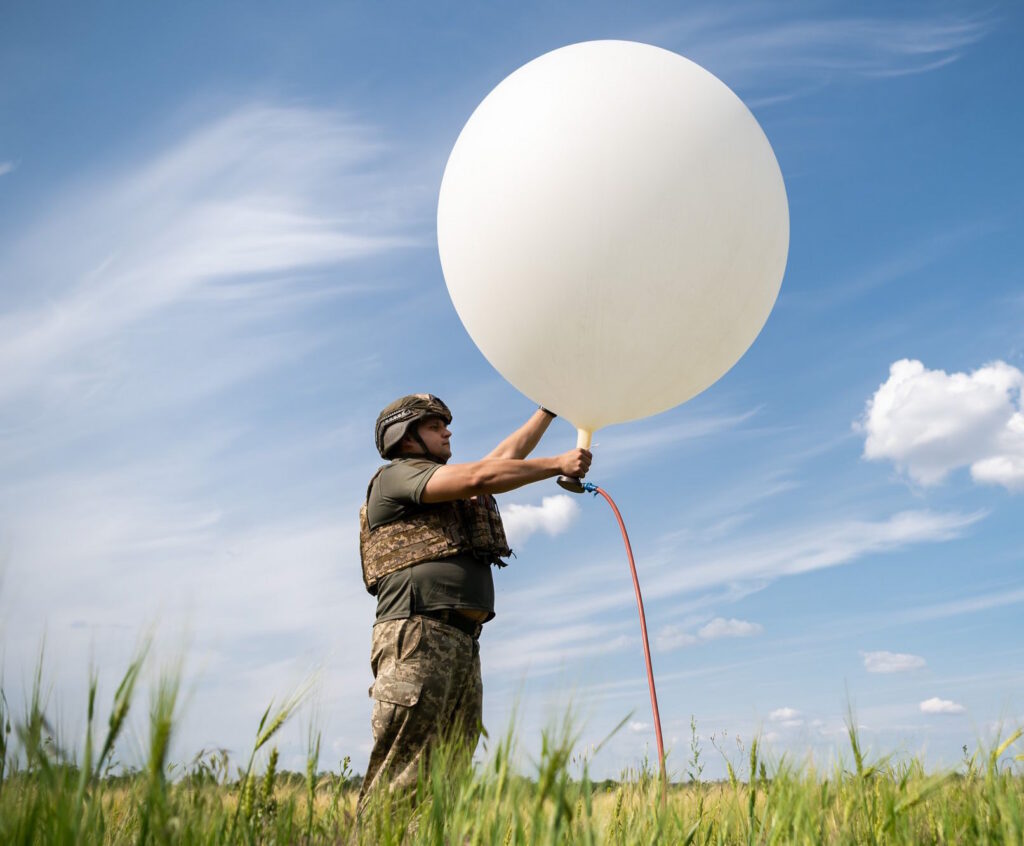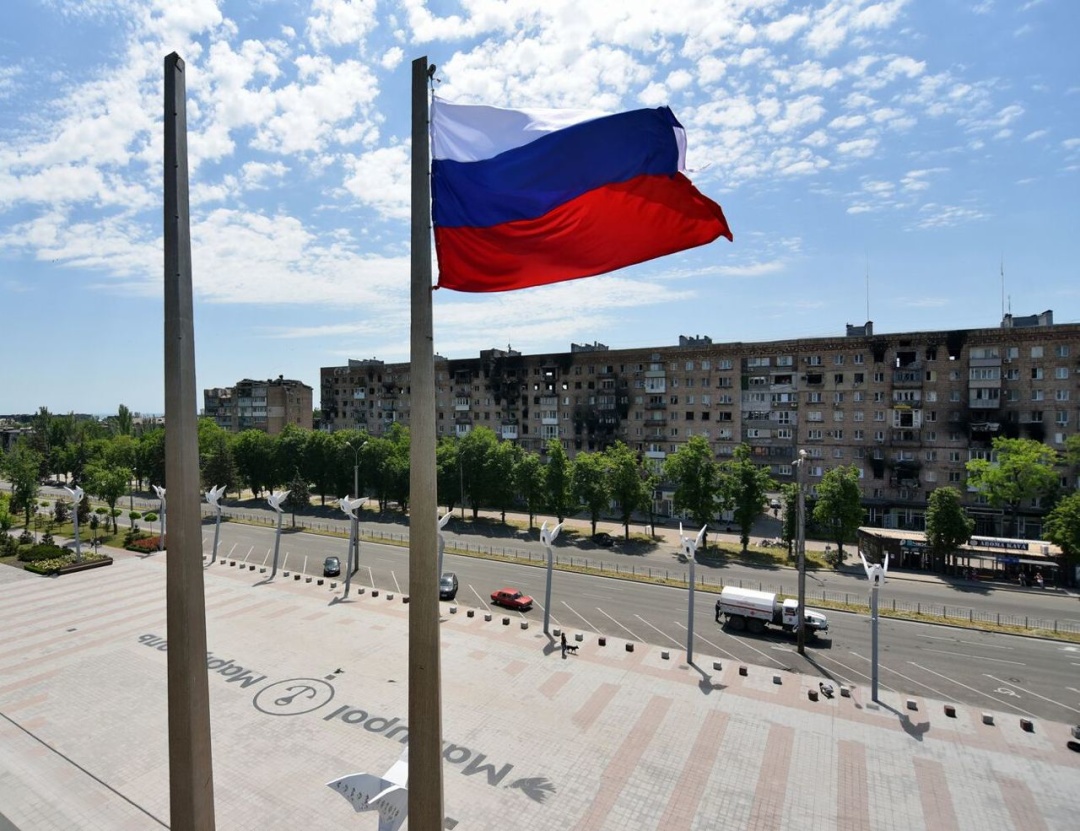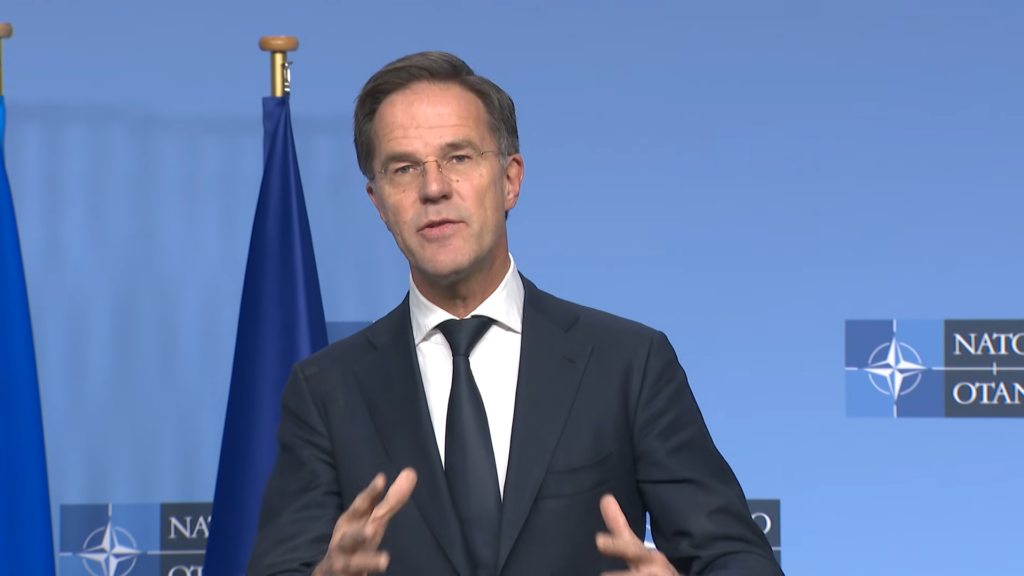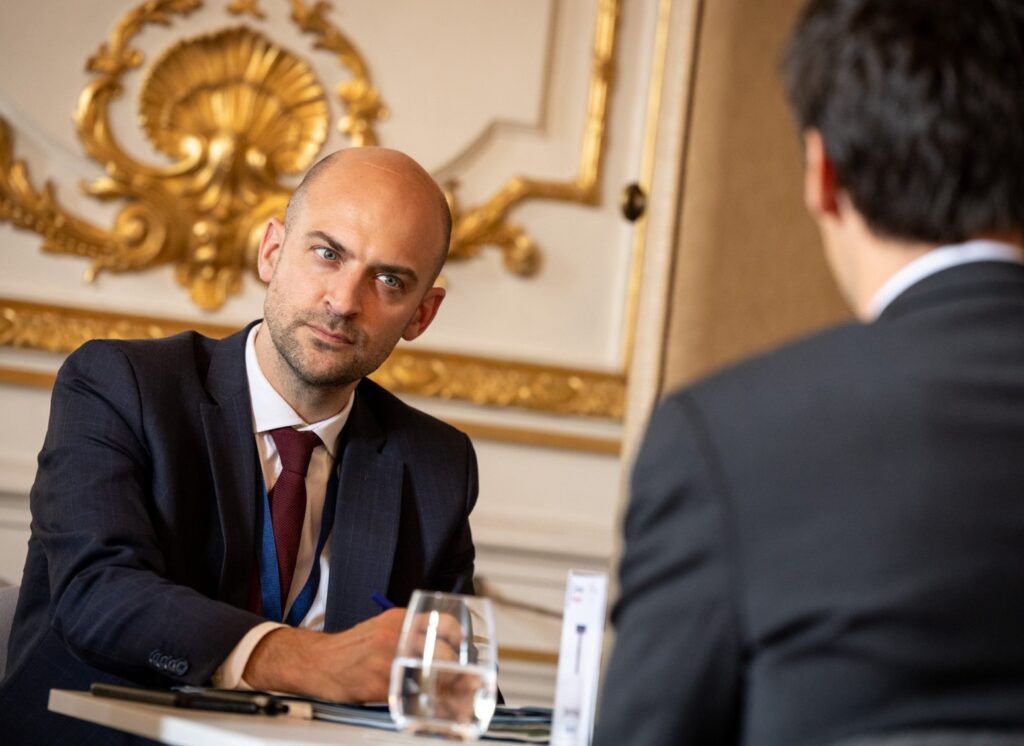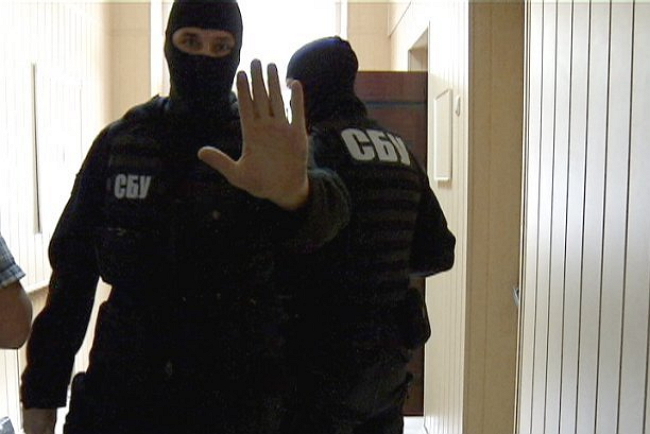Ukraine hits Russian military train just days after first sabotage in partially occupied Zaporizhzhia Oblast
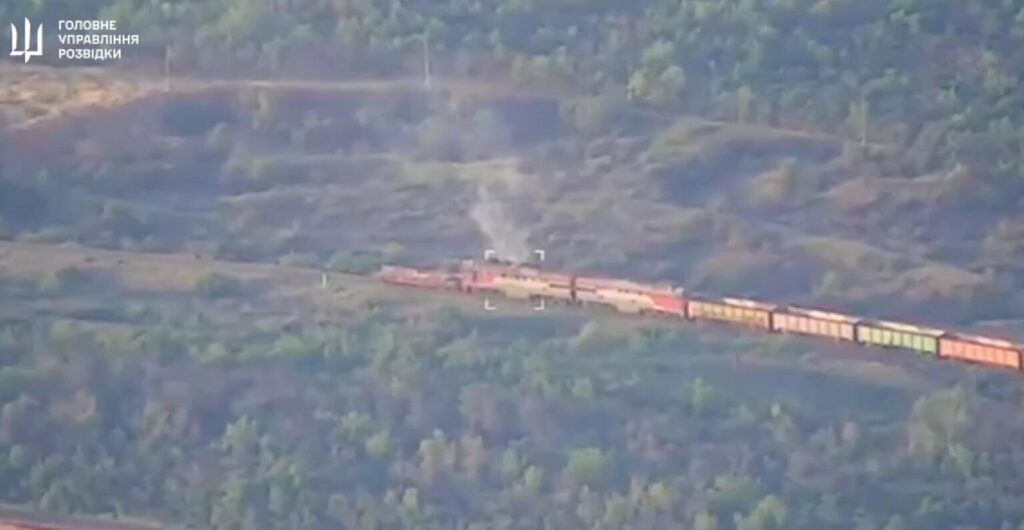
The rail war rages on. On 1 July, Ukraine’s Defense Intelligence Directorate (HUR) announced the destruction of a Russian locomotive on temporarily occupied territory in Zaporizhzhia Oblast. The targeted railway section, heavily used by Russian forces to move weapons and equipment, has been shut down again.
Zaporizhzhia Oblast continues to be repeatedly attacked by Russian drones and artillery attacks, causing damage to civilian infrastructure and energy objects. Despite these assaults, the oblast’s administrative center, Zaporizhzhia city, remains under Ukrainian control. The region has been under partial Russian occupation since 2022.
This marks the second strike on this key logistics route in recent days. On 26 June, Ukraine’s resistance movement, in coordination with HUR, sabotaged the same track. The resulting explosion disabled the line for over a week.
Despite rapid repair attempts, Russian troops fell into a trap once more.
“On 1 July, the occupiers restored the rails and ties, sent a military train, and then came another thunderous surprise: the enemy locomotive was knocked out,” HUR reported.
The agency added that one of the main supply arteries for the occupying army is now out of action again.
In the early hours of the same day, Russian forces launched more than 400 strikes across 13 settlements in Zaporizhzhia Oblast, said regional governor Ivan Fedorov.
A 56-year-old man was injured in the attack. Over the course of the day, Russian troops carried out four airstrikes, 271 UAV launches of various types (mostly FPV drones), six attacks using multiple rocket launchers, and 122 artillery strikes.
Authorities recorded 23 reports of damage to apartments, private homes, vehicles, and businesses.
